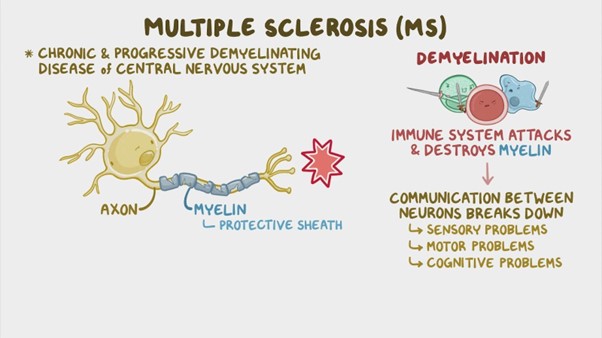A nurse in a long-term care facility is caring for a client who has methicillin-resistant Staphylococcus aureus (MRSA). Which of the following actions should the nurse take?
Remove personal protective equipment after leaving the client’s room.
Ensure that the negative air pressure is active for the client's room.
Restrict the client's visitors
Wear a gown when assisting the client with personal hygiene.
The Correct Answer is D
The correct answer is choice d. Wear a gown when assisting the client with personal hygiene. Choice A rationale: Removing personal protective equipment (PPE) after leaving the client’s room is incorrect. PPE should be removed before leaving the room to prevent the spread of MRSA to other areas. Choice B rationale: Ensuring that the negative air pressure is active for the client’s room is incorrect. Negative air pressure rooms are typically used for airborne infections, such as tuberculosis, not for MRSA, which is spread by contact. Choice C rationale: Restricting the client’s visitors is not necessary. Visitors should follow contact precautions, such as wearing gowns and gloves, but they do not need to be restricted. Choice D rationale: Wearing a gown when assisting the client with personal hygiene is correct. This helps prevent the spread of MRSA by protecting the nurse’s clothing and skin from contamination.
Nursing Test Bank
Naxlex Comprehensive Predictor Exams
Related Questions
Correct Answer is B
Explanation
The correct answer is B.
"I will use abdominal breathing at the first sign of a panic attack." The rationale is that abdominal breathing helps calm the sympathetic nervous system, which is responsible for the fight-or-flight response that triggers panic attacks. Abdominal breathing also increases oxygen intake and reduces hyperventilation, which can worsen panic symptoms.
Correct Answer is A
Explanation
Choice A reason:
"Use a cane when walking to maintain your balance" is the correct statement Multiple sclerosis (MS) is a chronic autoimmune condition that affects the central nervous system, leading to various neurological symptoms. Mobility and balance issues are common among individuals with MS, and using a cane can be helpful in providing stability and support while walking. It can also reduce the risk of falls and improve the client's overall safety and confidence when ambulating.
Choice B reason:
"Plan to take a hot bath once a week to reduce stress” is not appropriate statement. Heat sensitivity is a common symptom in individuals with MS, and exposure to heat, such as hot baths or saunas, can exacerbate MS symptoms. It is generally advisable for individuals with MS to avoid excessive heat exposure as it can worsen fatigue and other neurological symptoms.
Choice C reason:
"Engage in a rigorous exercise program to maintain muscle tone" is not appropriate. While exercise is beneficial for individuals with MS, particularly in maintaining muscle strength and flexibility, it is essential to avoid a rigorous or overly strenuous exercise program. High-intensity exercise may lead to increased fatigue and exacerbation of MS symptoms. A personalized exercise plan that considers the individual's specific abilities and limitations is recommended.
Choice D reason
"Place a scatter rug in your bathroom to prevent falling" is not appropriate statement. Placing a scatter rug in the bathroom is not advisable, especially for individuals with mobility and balance issues like those with MS. Scatter rugs can create tripping hazards and increase the risk of falls. It is essential to keep the bathroom floor clear and use non-slip mats to improve safety.

Whether you are a student looking to ace your exams or a practicing nurse seeking to enhance your expertise , our nursing education contents will empower you with the confidence and competence to make a difference in the lives of patients and become a respected leader in the healthcare field.
Visit Naxlex, invest in your future and unlock endless possibilities with our unparalleled nursing education contents today
Report Wrong Answer on the Current Question
Do you disagree with the answer? If yes, what is your expected answer? Explain.
Kindly be descriptive with the issue you are facing.
